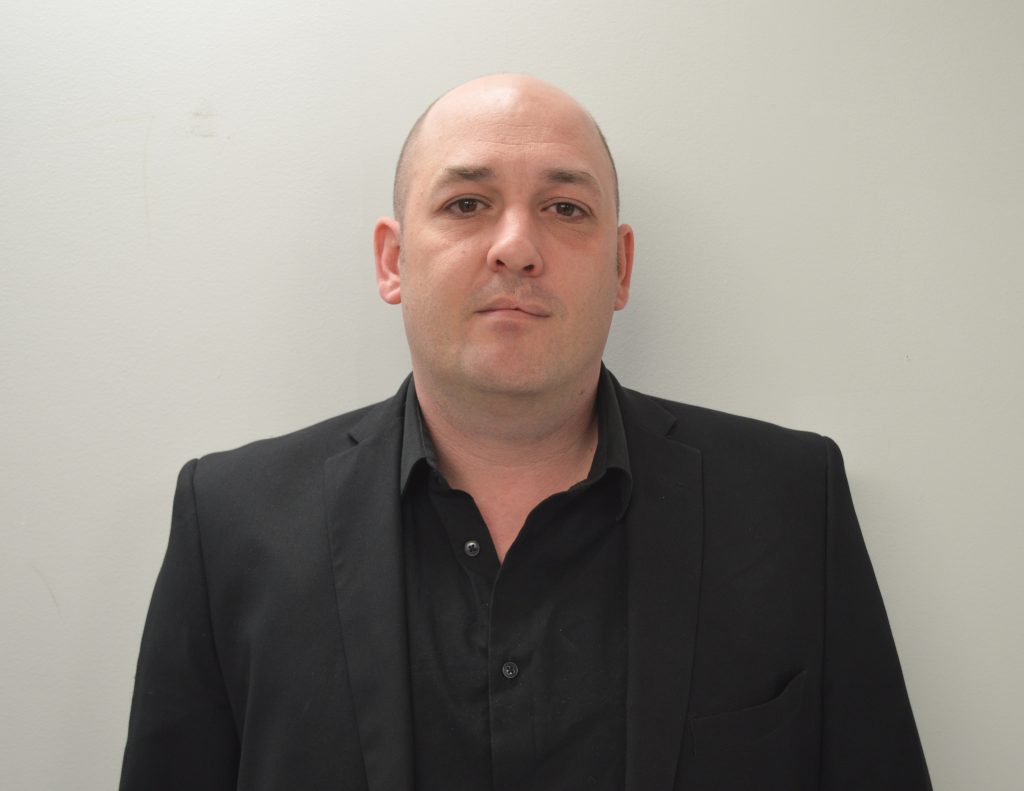
An assistant professor in the biomedical engineering department became the latest Binghamton University researcher to win a grant from the National Science Foundation for his work on the mechanics of human skin.
Guy German was awarded a five-year, $500,000 National Science Foundation Early Career Development Program grant on March 14 for his research. His proposal was one of 11,000 that was selected by the National Science Foundation, out of 40,000 proposals submitted nationwide.
Using human tissue donated from hospitals after surgical procedures, German investigates the properties of skin and works to understand the mechanics of the protective organ. German explained that the scientific premise of his research is his work with biological interfaces, the regions where biological substances interact with organic material like bacteria and inorganic material such as anti-aging cosmetics.
“I look at the mechanics and the function of biological interfaces, which are everywhere,” German said. “So, if you imagine what a biological interface is, you are looking at a biological interface when you look at me. You look at my skin.”
According to German, scientists still lack information about the way skin functions, and he said the grant will help to expand existing learnings through new research ideas such as the stretchability of skin.
“Wrinkling, if you look at it from a physics perspective, is buckling,” German said. “You stretch something and it buckles and causes wrinkles. It’s really mechanics, and so that is the field that I sit in. How does it stretch, and how does it break? There’s gaps in the knowledge, and that is what we are trying to fill in.”
German’s lab is exploring the different factors that affect the mechanics of skin, such as the sun and microorganisms like bacteria and viruses. In addition, German hopes to gain a greater understanding of the fundamentals of skin mechanics.
Skin diseases and disorders also alter the skin’s biology, leading to dry, cracked skin. German said he wants to understand how the protective organ can transform from an intact piece of tissue, which stretches and snaps back, to a degenerative piece of broken skin.
“What does skin do?” German said. “Everyone just assumes that it’s there, and it just does. But it enables touch, it protects you from physical, chemical and microbial knocks. It also regulates your temperature and enables you to live on land. Skin is this sort of ‘jack-of-all-trades,’ and it’s very good at doing its job. I think a lot of people take it for granted sometimes.”
German explained that one of his graduate students is studying Langer’s lines, which are lines of skin tension that correspond to the natural orientation of collagen in the skin.
“We believe these Langer’s lines are closely associated with what happens when you age, because breakdown of collagen fibers, we think, is related to wrinkle formation,” German said. “Applications range from quantifying the accuracy of cosmetic products to surgical considerations.”
According to German, surgeons have to take into account the direction they cut in to skin, because if you were to stretch it in one location and then again in another orientation at the same location, it will stretch differently and leave a scar.
Looking forward, German said he hopes to make discoveries about the biomechanics of skin within the coming years.


